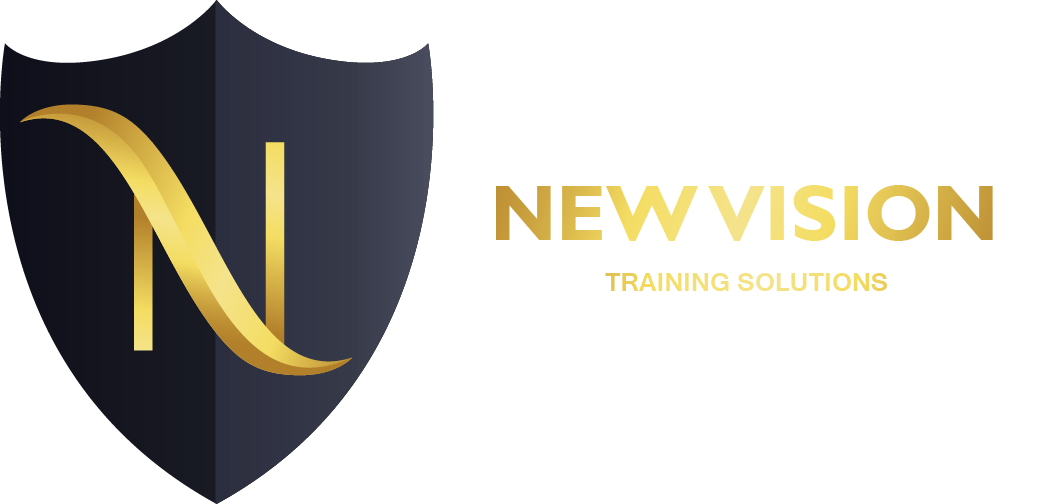Microsoft Azure Infrastructure and Deployment

Exam AZ-100 Microsoft Azure Infrastructure and Deployment
Skills measured
This exam measures your ability to accomplish the technical tasks listed below. The percentages indicate the relative weight of each major topic area on the exam. The higher the percentage, the more questions you are likely to see on that content area on the exam. View video tutorials about the variety of question types on Microsoft exams.
Do you have feedback about the relevance of the skills measured on this exam? Please send Microsoft your comments. All feedback will be reviewed and incorporated as appropriate while still maintaining the validity and reliability of the certification process. Note that Microsoft will not respond directly to your feedback. We appreciate your input in ensuring the quality of the Microsoft Certification program.
If you have concerns about specific questions on this exam, please submit an exam challenge.
If you have other questions or feedback about Microsoft Certification exams or about the certification program, registration, or promotions, please contact your Regional Service Center.
Course outlines:
Manage Azure subscriptions and resources (15-20%)
Manage Azure subscriptions
- May include but not limited to:Assign administrator permissions; configure cost center quotas and tagging; configure Azure subscription policies at Azure subscription level
- Analyze resource utilization and consumption
- May include but not limited to:Configure diagnostic settings on resources; create baseline for resources; create and test alerts; analyze alerts across subscription; analyze metrics across subscription; create action groups; monitor for unused resources; monitor spend; report on spend; utilize Log Search query functions; view alerts in Log Analytics
- Manage resource groups
- May include but not limited to:Use Azure policies for resource groups; configure resource locks; configure resource policies; implement and set tagging on resource groups; move resources across resource groups; remove resource groups
Implement and manage storage (20-25%)
Create and configure storage accounts
- May include but not limited to:Configure network access to the storage account; create and configure storage account; generate shared access signature; install and use Azure Storage Explorer; manage access keys; monitor activity log by using Log Analytics; implement Azure storage replication
- Import and export data to Azure
- May include but not limited to:Create export from Azure job; create import into Azure job; Use Azure Data Box; configure and use Azure blob storage; configure Azure content delivery network (CDN) endpoints
- Configure Azure files
- May include but not limited to:Create Azure file share; create Azure File Sync service; create Azure sync group; troubleshoot Azure File Sync
- Implement Azure backup
- May include but not limited to:Configure and review backup reports; perform backup operation; create Recovery Services Vault; create and configure backup policy; perform a restore operation
Deploy and manage virtual machines (VMs) (20-25%)
Create and configure a VM for Windows and Linux
- May include but not limited to:Configure high availability; configure monitoring, networking, storage, and virtual machine size; deploy and configure scale sets
- Automate deployment of VMs
- May include but not limited to:Modify Azure Resource Manager (ARM) template; configure location of new VMs; configure VHD template; deploy from template; save a deployment as an ARM template; deploy Windows and Linux VMs
- Manage Azure VM
- May include but not limited to:Add data discs; add network interfaces; automate configuration management by using PowerShell Desired State Configuration (DSC) and VM Agent by using custom script extensions; manage VM sizes; move VMs from one resource group to another; redeploy VMs
- Manage VM backups
- May include but not limited to:Configure VM backup; define backup policies; implement backup policies; perform VM restore
Configure and manage virtual networks (20-25%)
Create connectivity between virtual networks
- May include but not limited to:Create and configure VNET peering; create and configure VNET to VNET; verify virtual network connectivity; create virtual network gateway
- Implement and manage virtual networking
- May include but not limited to:Configure private and public IP addresses, network routes, network interface, subnets, and virtual network
- Configure name resolution
- May include but not limited to:Configure Azure DNS; configure custom DNS settings; configure private and public DNS zones
- Create and configure a Network Security Group (NSG)
- May include but not limited to:Create security rules; associate NSG to a subnet or network interface; identify required ports; evaluate effective security rules
Manage identities (15-20%)
Manage Azure Active Directory (AD)
- May include but not limited to:Add custom domains; configure Azure AD Identity Protection, Azure AD Join, and Enterprise State Roaming; configure self-service password reset; implement conditional access policies; manage multiple directories; perform an access review
- Manage Azure AD objects (users, groups, and devices)
- May include but not limited to:Create users and groups; manage user and group properties; manage device settings; perform bulk user updates
- Implement and manage hybrid identities
- May include but not limited to:Install and configure Azure AD Connect; configure federation and single sign-on; manage Azure AD Connect; manage password sync and write back
Course Features
- Lectures 0
- Quizzes 0
- Duration 40 hours
- Skill level All levels
- Language English
- Students 0
- Assessments Yes





